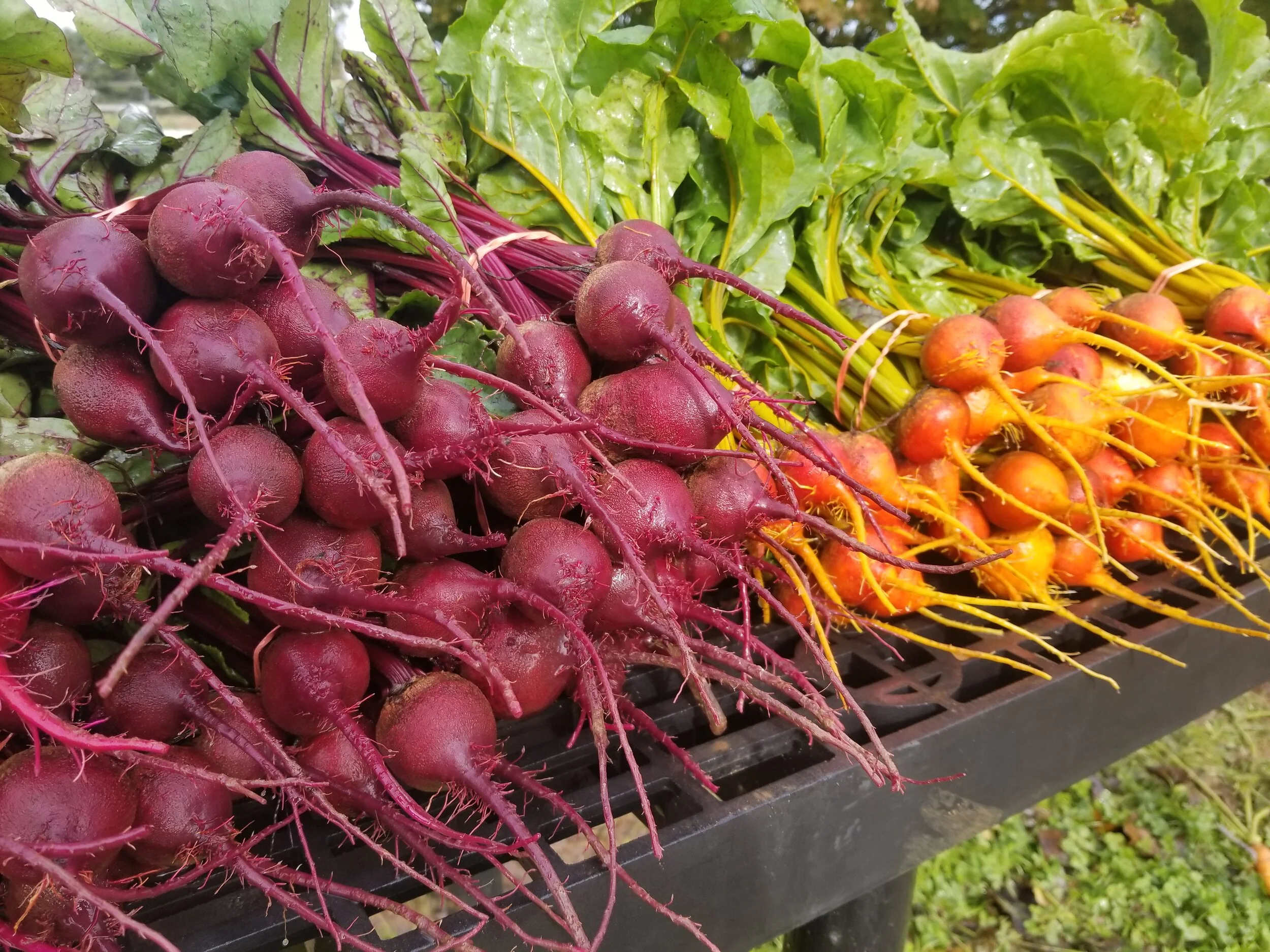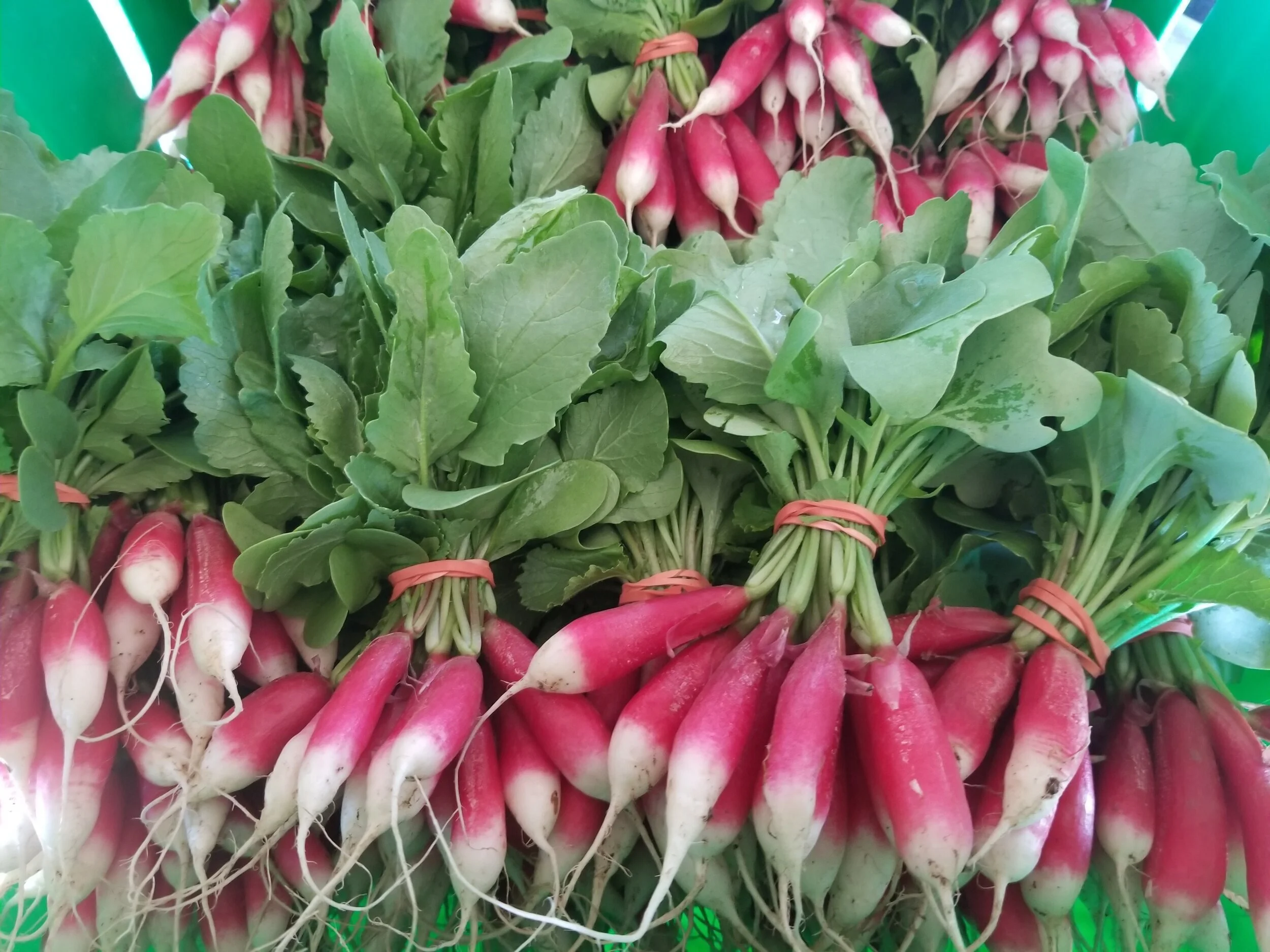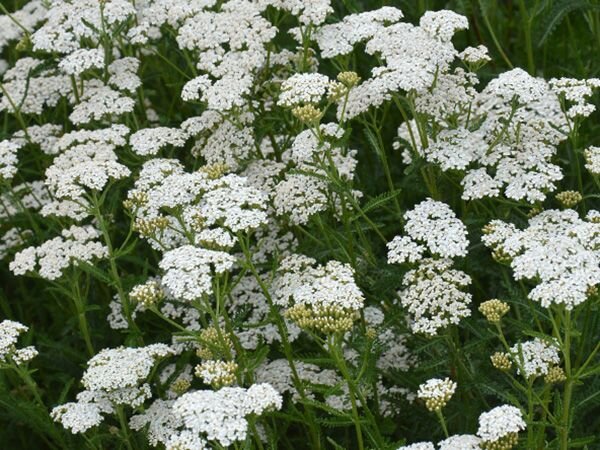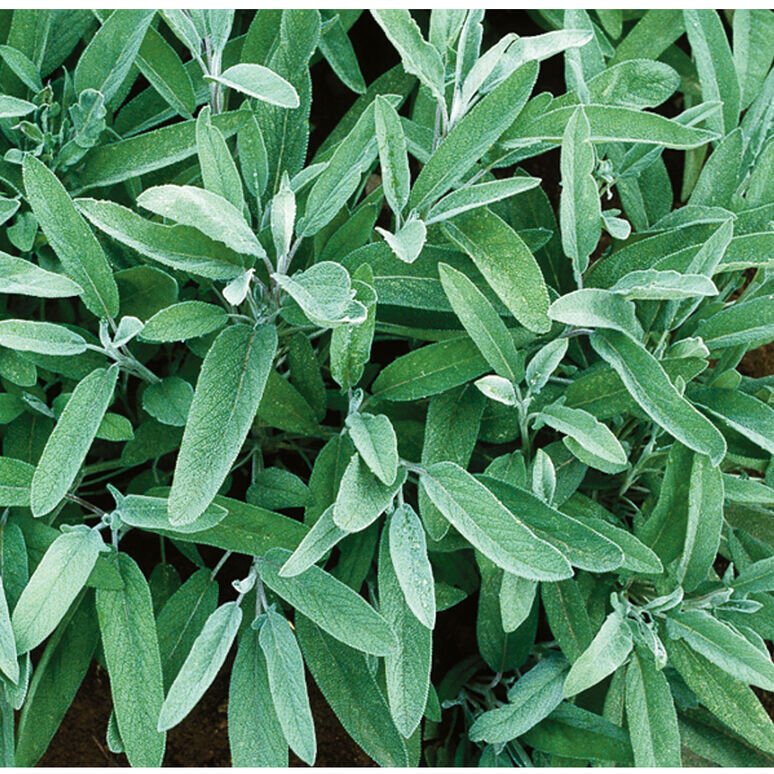One of the most highly anticipated U-Pick items on the share, strawberries are always a crowd favorite because of their beautiful red skin and sweet taste. Once you’ve had a freshly picked strawberry, it’s almost impossible to eat store bought strawberries again!
Did you know that strawberries are not actually botanically classified as a berry, rather they are the greatly enlarged stem end of the plant's flower.
Strawberries are a good source of vitamins C, A, and K.
They can be eaten fresh, sliced, pureed, cooked down into a compote, syrup or glaze and used within ice creams, gelatos, granitas, sorbets and cocktails.
Strawberries are best eaten fresh in 2-3 days, but can be stored in the refrigerator in a container or frozen for later use.
RECIPES
Easy Oven Roasted Strawberries
1 pound strawberries, hulled, halved, quartered if large
2 tablespoons raw sugar or granulated sugar
Toss strawberries and sugar in a large bowl and let sit until berries start to release their juices, 25–30 minutes. Preheat the oven to 185°F (or the lowest possible setting, which may be 200°F). Spread out berries on a rimmed baking sheet lined with a nonstick baking mat and bake, rotating the baking sheet about every 30 minutes, until the berries are darkened in color and dried out around the edges but still slightly juicy in the center, 3–3 1/2 hours. Let cool on the baking sheet.
https://www.epicurious.com/recipes/food/views/craftsman-and-wolves-oven-dried-strawberries
Strawberry Avocado Pesto Pasta Salad
The Best Strawberry Shortcakes
Strawberry Chamomile Olive Oil Cake with Honeyed Ricotta
Strawberry and Chamomile Palmona

















































